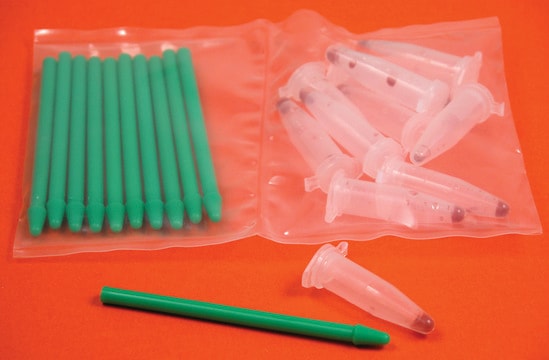D8938
KIMBLE Dounce tissue grinder set
2 mL complete
Sinónimos:
885300-0002, Dounce, Dounce Homogenizer, Glass Tissue Grinder, KIMBLE Tissue Grinder, KONTES, Pestles, Tissue Grinder, Tubes
About This Item
Productos recomendados
material
glass
feature
autoclavable
manufacturer/tradename
Kimble® 885300-0002
pestle A clearance
0.0030-0.0050 in.
pestle B clearance
0.0005-0.0025 in.
working volume × L
2 mL × 60 mm
¿Está buscando productos similares? Visita Guía de comparación de productos
Categorías relacionadas
General description
Features and Benefits
Legal Information
Certificados de análisis (COA)
Busque Certificados de análisis (COA) introduciendo el número de lote del producto. Los números de lote se encuentran en la etiqueta del producto después de las palabras «Lot» o «Batch»
¿Ya tiene este producto?
Encuentre la documentación para los productos que ha comprado recientemente en la Biblioteca de documentos.
Los clientes también vieron
Nuestro equipo de científicos tiene experiencia en todas las áreas de investigación: Ciencias de la vida, Ciencia de los materiales, Síntesis química, Cromatografía, Analítica y muchas otras.
Póngase en contacto con el Servicio técnico











